Just replaced your HDD hard drive with new one and wondering how to install windows again? Not a big deal for computer technicians but do you know how to reinstall Windows operating if you are a novice? You might have been told that you need to restore the system image. And that's true if you have backed up your system image on an external drive. If your backup is on the same computer, this article might be able to help you.
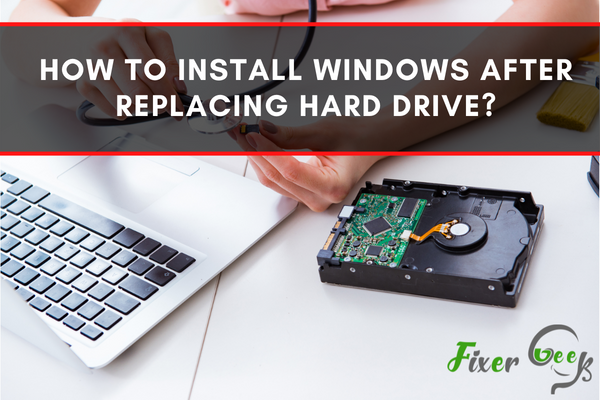
Ever replaced your computer or laptop hard drive with a new one and found out that it doesn’t boot the way it used to be? Your new hard drive may not have any operating system installed on it. Also, some hard drive replacements can revert your Windows version back to an earlier state or to an unlicensed one where your activation key isn’t accepted.
But don’t worry, it’s actually easy to reinstall Windows to your PC or laptop with a replaced hard drive. Here’s how it’s done.
GENTLE REMINDER: Back-up all important files first
This is crucial as you’ll be replacing your old hard drive, whether it’s HDD or SSD, with a new one. So, you would still want to have access to those files from the old one to the new one. You can do so by uploading them to your cloud storage (e.g. OneDrive, Dropbox, Google Drive) or, if your internet isn’t good enough for uploading, on any portable drive like a flash stick or portable SSD.
STEP #1: Back up your Windows OS
In this method, you’ll need a new memory stick that has enough capacity to hold the recovery boot for your current OS. From here, we’ll call this stick the recovery drive. You need to do this before replacing your old hard drive with a new one. This step varies on every Windows OS, but this tutorial will focus on Windows 10, which is the most common among PCs.
To back up your Windows OS:
- Go to Settings > Update & Security > Backup.
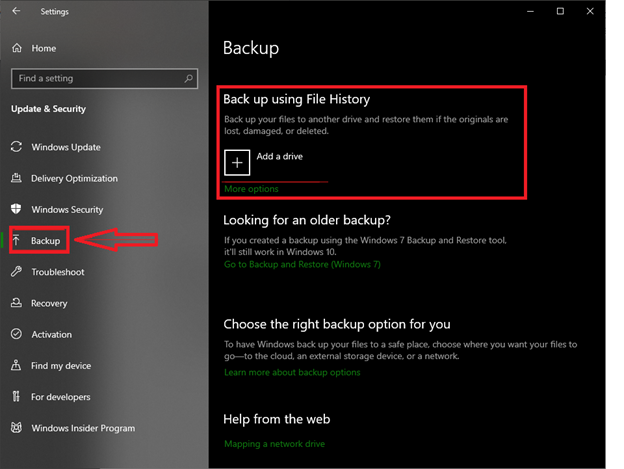
- Insert a USB memory stick or flash storage with enough space to hold Windows. Select the drive on the backup options and click “Backup.” Normally, depending on the processing and transfer rate of your flash drive, this will take some time. Once it’s done, remove the memory stick from the USB port.
- Once you have the recovery OS, it’s time to shut down your PC to install the new hard drive.
STEP #2: Installing your Windows OS to your new hard drive
This step applies to both HDD and SSD storage, so you won’t have to tweak a lot of settings before installing the OS to it. The first thing you want to do after installing your new drive is to boot it up. However, you will need to boot it to recovery mode to install your Windows OS.
Depending on your PC or laptop manufacturer, you will need to hit some keys to boot it to recovery state. In most cases, your PC will automatically detect the recovery drive and will advise you to select your boot device. If it happens, which is normally what happens when you have your recovery drive inserted, just go through the steps shown on your PC screen.
If you are using a memory stick or flash drive as recovery, you’ll select UEFI Boot Source where you’ll see the name of your drive. Select it using your arrow keys and hit Enter. It will then run through installing your Windows OS to your new hard drive.
You will select your PC display language, which is English by default, and click on Next.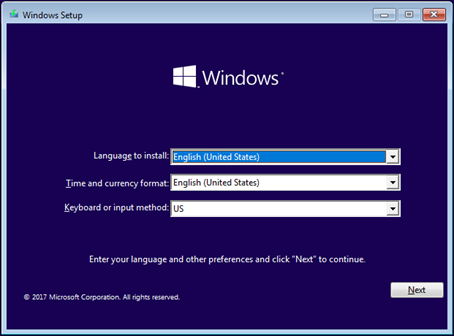
Then, select “Install Now” to begin installing your OS to the new drive. You need to select the Windows version you are using that you also need to remember before replacing your old drive and click on Next.
Take some time to read the terms and conditions before installing Windows. Tick on the radio box if you agree with them and click Next. Also, if your Windows 10 isn’t licensed, you may want to buy a licensed version before making a reinstallation. Otherwise, prepare your license key and enter it when asked, which isn’t really needed but best to have it handy.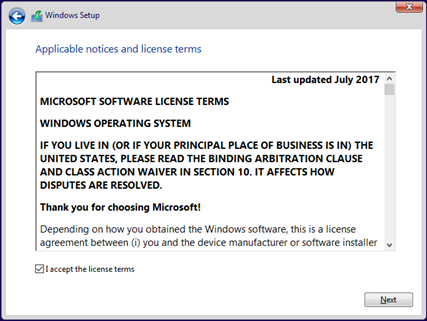
Select Custom Installation, as you’re fully replacing your hard drive. Delete any unused or old partitions by clicking on it and select Delete. Once your new hard drive partition is selected, click on Next.
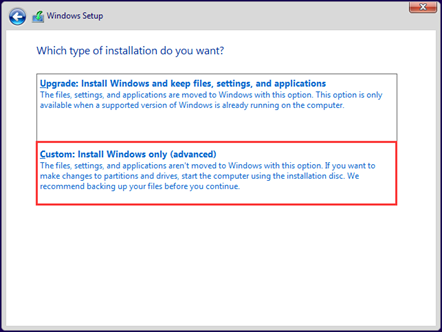
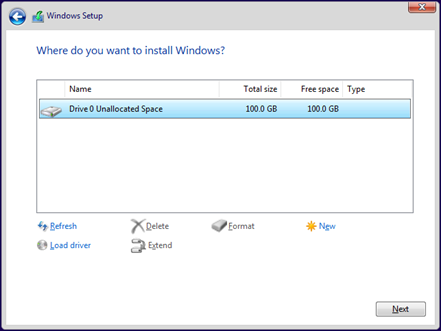
The installation is normally automatic, but it has some point where you’ll be asked some setup questions. You can quickly go through it and click on Next. Otherwise, you should be signing up to your Windows PC once the installation is done. When the installation is finished, sign in onto your PC and begin putting back all your backed up files or reinstalling your apps.
Summary: Install Windows after replacing hard drive
- Confirm that your computer can boot from USB.
- Create a bootable USB media to install Windows 10.
- Boot from the USB drive and install Windows 10 on the new hard drive.
- Reinstall applications and move data back to your computer.